The French revolution (1789 to 1799) left a deep mark on the society as well as the government of France.
It saw the birth of the ideas of democracy, liberalism, fraternity, equalism, and nationalism in the country. Though France did not become a democracy, the power of the monarchs and nobility were curbed significantly while strengthening the middle class.
To support the fact, the following are the ten best significance of the French Revolution:
10. The Metric System
Content
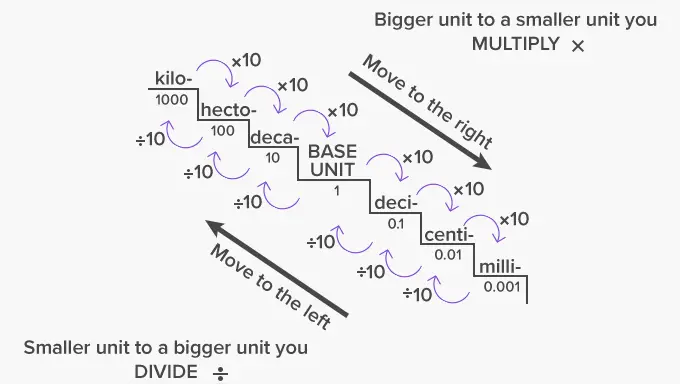
We use the metric system in our daily lives. To measure any distance in kilometers while traveling, weighing an object, measuring any fluid, nearly every measurement we go through in our daily lives with the help of the metric system.
Have you ever wondered from where this metric system came? Who derived this system of measuring nearly everything? When was this system first used and how was it popularized?
It goes back to the year of 1799 when the French revolution ended. The first realization of the metric system practically was to smoothen the trade relationships during the French Revolution.
During the French Revolution, the existing metric system was incapable of handling the trade and had become impractical. A method of decimals was introduced that used kilogram and meter as its basis of analyses.
These bases of measurements had their basic units taken from the natural world. The basic unit of length, the i.e. meter was taken with the dimension of the Earth as a reference, the unit of mass i.e. the kilogram was based on the mass of water with a volume of one cubic decimeter.
9. Air Force
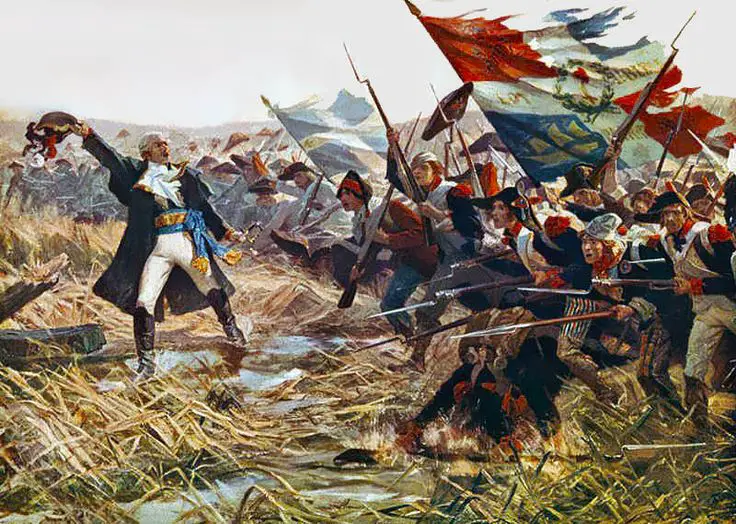
Army, Navy, and Air Force are the pillars of any country’s defense system. They keep the land protected from foreign invaders and safeguard the countrymen.
While the army operates and takes responsibility on the ground and the Navy looks after any irregularities in coastal boundaries and on water, the Air Force safeguards the country from high above the sky. The Air Force strengthens the defense system of any state to many folds.
But where did the Air Force get invented? What organized the concept of protection over the air? Who was the first aeronaut? Who was the first female aeronaut?
The first Air Force was invented during the French Revolution. The “French Aerostatic Corps” gave the world, the very first Air Force.
This was a simple idea of observing the movements and formation of the enemy troops from higher altitudes above the battlefields and relaying the information to generals on the ground.
The first Air Force, “ Compagnie d’aerostiers”, comprised soldiers who were trained in the flight of balloons, battlefield observation, and reconnaissance. The first woman aeronaut, Sophie Blanchard was also French.
8. The Universal Declaration of Human Rights
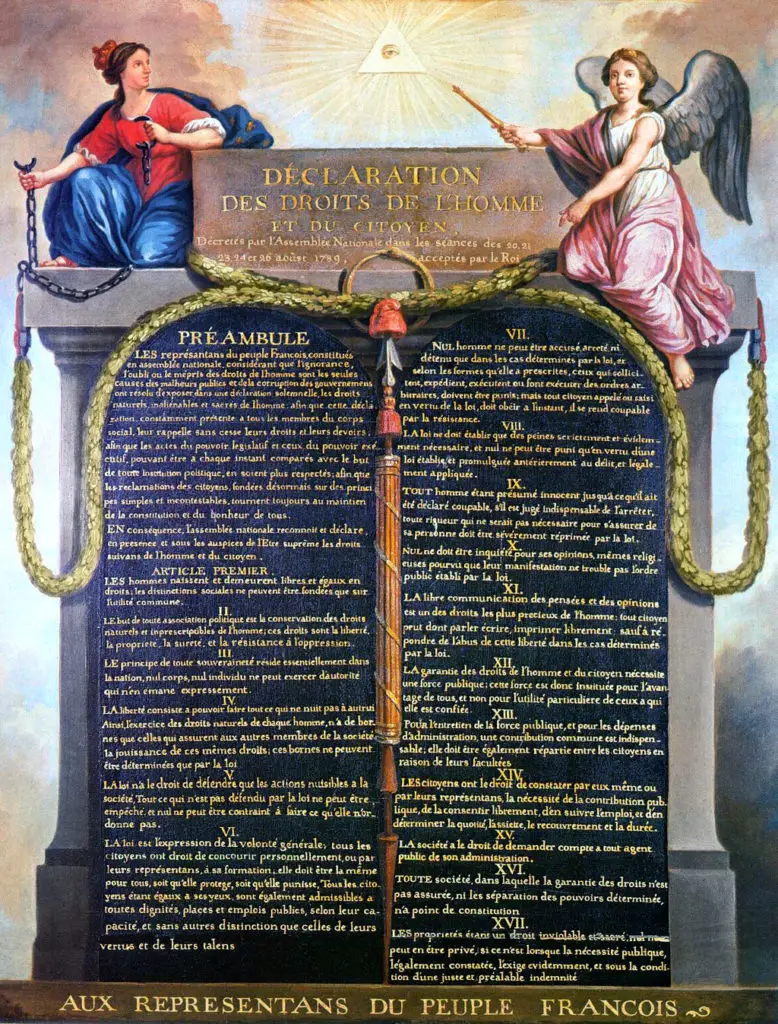
The first Human right document was drafted by Abbé Sieyès and the Marquis de Lafayette, in consultation with Thomas Jefferson in 1789.
This document is the declaration of rights of a citizen that consists of 17 articles.
This is not the first kind of Human right document drafted. There were lots of other similar documents passed by different counties at the different time such as 1215 Magna Carta, the 1689 English Bill of Rights, the 1776 United States Declaration of Independence, and the 1789 United States Bill of Rights.
It acts as a pillar for the formation of the United National Declaration of Human right in 1984 which is the foundation of Human right that the world use today.
7. Declaration of the Rights of Women and the Citizen
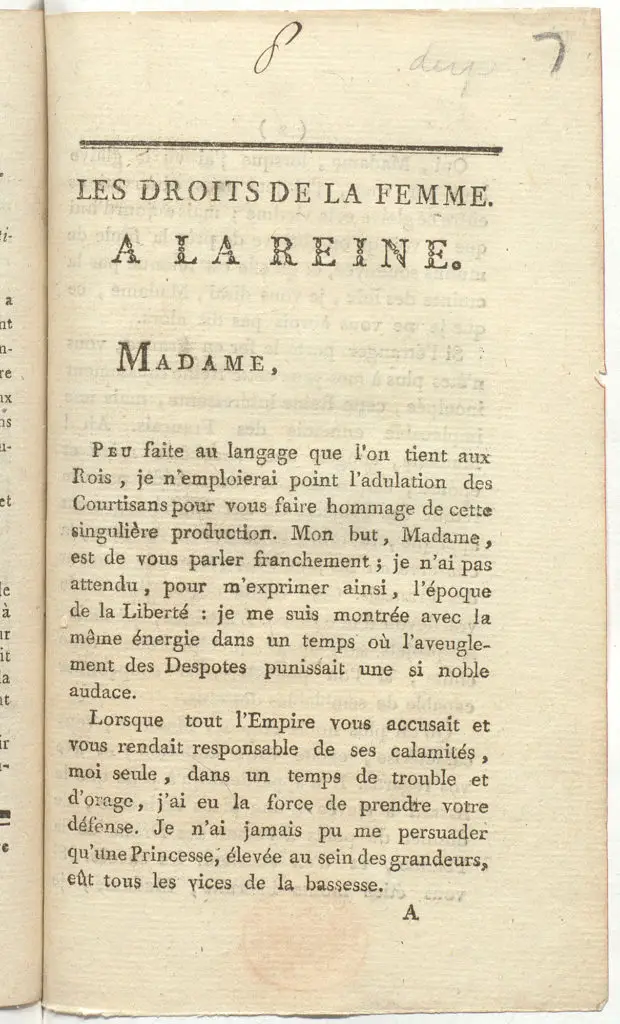
The Universal Declaration of human rights was primarily focused on the rights of men, and completely neglect the right of the women.
Since these rights only involved the benefits of men, in September 1791 the proto-feminist, ‘Olymp de Gouges’ had written the ‘Declaration des Droits de la Femme et de la Citoyenne’ which enumerated the rights to women.
The purpose of this declaration is to demand the full legal, political and social assimilation of women to National Assembly. It also denounces the fact that the revolution forgot women freedom and equality.
This, in its own way, was also linked indirectly with what is now being called as feminism. It also began another revolution that demanded equal rights and the inclusion of women in every sector previously benefitted only by men.
6. The Three Musketeers

The Three Musketeers is a very famous adventure novel written by the famous author Alexandre Dumas. It was initially published in the French language by the name “Les Trois Mousquetaires” in 1844.
You might be wondering what this novel has to do with the “French Revolution”? The fun fact is, Alexandre Dumas, the author of this book, was the son of Thomas Alexandre Dumas.
Thomas Alexandre Dumas was a mulatto commander in the French Revolution and thus established the link.
This novel is a historical romance and revolves around the plot. It describes the adventures of 4 fictional swashbuckling heroes who lived under the French Kings Louis XIII and Louis XIV.
This book is one of the most famous among 250 books by the creative author along with his 73 assistants.
Auguste Maquet was a History professor with whom Dumas worked and has been credited often for the premise and also the first draft of the original book, “Les Trois Mousquetaires”.
5. Nationalism

Nationalism is a word that has been used by people whenever there is any discussion related to immigration, trade wars, reports of violence and racism.
But what does this particular word mean and from where was it derived? How is nationalism different from patriotism?
It was the ‘French Revolution’ that made this idea relevant. The phrase “the Nation” was continually addressed by the revolutionaries during the revolution which generated the idea of nationalism.
While “Patriotism” and “Nationalism” may sound to be pretty similar, what differentiates them is that “Patriotism” is harmless while “Nationalism” can be more sinister by nature. The term “Nationalism” is associated with radical militaristic and political movements such as Nazism. It can also be used with the strong protectionist policies that control the economy and modern foreign policy.
People became more conscious about their nation, idolizing it and promoting its interests and culture over the others just in accordance with the definition of nationalism in the dictionary.
4. The terms “Left” and “Right” in politics

You might have very frequently heard the terms “Left” and “Right” associated with politics. While these terms might sound very basic terms for direction, it has nothing to do with it.
These political terms are the outcome of the “French Revolution”. The term “Left” is related to ideologies and systems that violate the rights. These are generally extreme forces associated with Socialism, Theocracy, Fascism, Pure Communism, and Anarchy, etc.
On the other hand, the term “Right” deals with ideologies and systems that respect and are in accordance with human rights. They involve no force and are associated with Classical Liberalism, Capitalism and Constitutional Republicanism.
While these two terms have a visibly contrasting definition as well as a way of operation under politics, there might be many ill-conceived approaches to this spectrum of left and the right system.
One of these ill-conceived approaches points to define the political alternatives by referring to the size or percentage of the government. Considering this view the far left would consist of 100% of the government while the far right would include zero percent or Anarchy.
3. Figaro
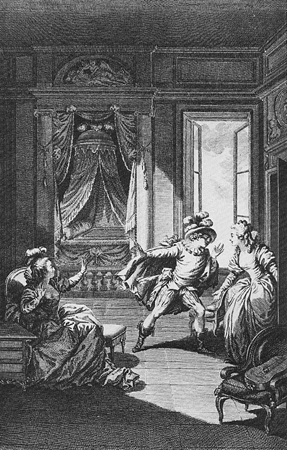
If you are a play person, you must know the trendy fictional character, Figaro. Figaro is a comic character from the very popular plays, “The Barber of Seville” (Le Barbier de Seville: 1775) and “The Marriage of Figaro” (Le Mariage de Figaro: 1784).
The character of the play is a barber turned valet who tries to keep his future wife from getting into the hands of his ill-minded master.
His master, Almaviva, is an aristocrat. He wants to seduce this beautiful young woman and take advantages of her for his own pleasure.
These plays displayed abuse of power by the aristocrats. It was criticized by thee higher society, as a result of which they were censored.
Due to this reason, the character Figaro, irrepressible, adroit, insubordinate has acquired humongous recognition over the centuries.
This character was the brainchild of the very famous French Dramatist ‘Pierre-Augustin Caron de Beaumarchais’.
He successfully displayed the misuse of power through his plays. He was appreciated before the French Revolution and became even popular after it.
2. The paintings of Eugene Delacroix

Whenever there is a discussion about the French Revolution there must be a slideshow of the images of the paintings of Eugene Delacroix running through everyone’s mind.
Eugene Delacroix is regarded as the leader of the “Romantic Movement” in the French Art, in the 19th Century. His life was totally dedicated towards the movement’s concern for exoticism, sublime, and the emotion.
His paintings were outstanding mingles of agitated brushwork, full of lush, pulsating with the vivid range of brilliant hues.
His most famous paintings include “The Death of Sardanapalus (1827)”, “Liberty Leading the People (1830)”, “Women of Algiers in their Apartment (1834)”, “Scenes from the Massacres of Chios (1834)”, “Basket of Flowers Overturned in a Park (1848-49)”, “Apollo Slaying the Serpent (1850-51)”, “ Christ on the Sea of Galilee (Christ Asleep During the Tempest) (1853)” and “Lion Hunt (1861)”.
1. Coup d’etat

There have been many such incidents in the course of history where the existing governments have been overthrown by Dictators.
The term “Coup d’etat” which is also known as “a Golpe”, “a Putsch” or as a “Coup”, refers to the act of overthrowing of the existing government illegally by the unconstitutional seizure of power by the military, a political faction or a dictator.
This particular word “Coupe d’etat” was invented during the French Revolution. The word finds its place in this list due to its myriad of evidence in the long course of chronological as well as geographical history.
There have been many attempts for a coup in the past centuries out of which only a few were successful. Most of these coup attempts have been in Africa and the Americas while by far the fewest number of coup attempts have been witnessed in Europe.
Coups occurring in the post- Cold War period have resulted more likely into democratic systems.
Final Conclusion:
The French Revolution has been a period of socio-political upheaval to a great extent in France and its colonies. This revolution has profoundly altered the course of world history inspired by the radical and liberal ideas.
It had succeeded in triggering the global declination of absolute monarchy, replacing them with liberal democracies and republics, establishing a secular and democratic republic that would later become increasingly militaristic and authoritarian.
Overthrowing monarchy, it has catalyzed savage political turmoil periods, established a republic and, in the end, came to a climax to rise again under the dictatorship of Napoleon Bonaparte. This Revolution is indeed regarded as one of the most important historical events.
